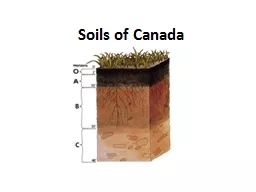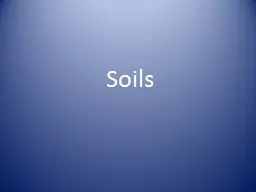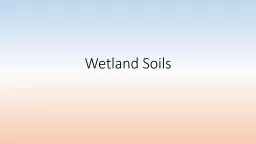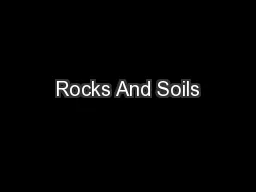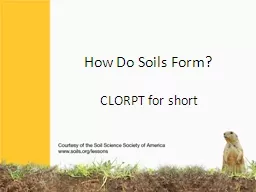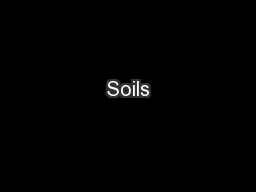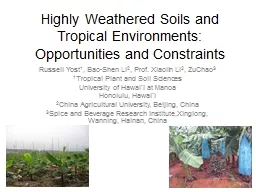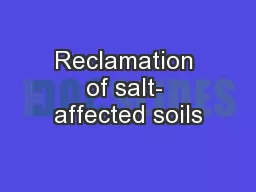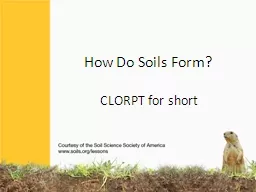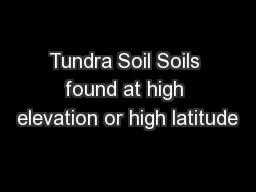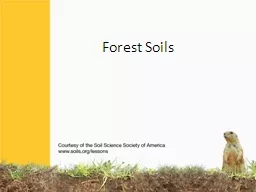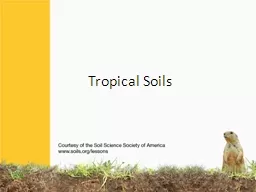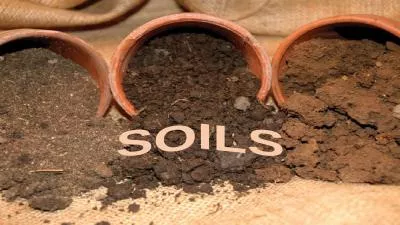PPT-Soils of Canada
Author : natalia-silvester | Published Date : 2017-01-14
C The deepest layer where roots of plants cannot penetrate but air and water try to erode it over time and break it into smaller pieces B Overtime the solid
Presentation Embed Code
Download Presentation
Download Presentation The PPT/PDF document "Soils of Canada" is the property of its rightful owner. Permission is granted to download and print the materials on this website for personal, non-commercial use only, and to display it on your personal computer provided you do not modify the materials and that you retain all copyright notices contained in the materials. By downloading content from our website, you accept the terms of this agreement.
Soils of Canada: Transcript
Download Rules Of Document
"Soils of Canada"The content belongs to its owner. You may download and print it for personal use, without modification, and keep all copyright notices. By downloading, you agree to these terms.
Related Documents

